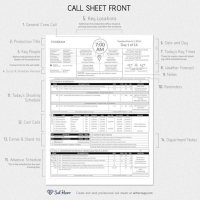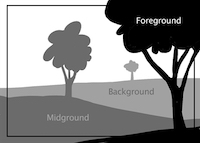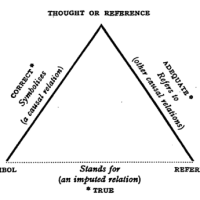
Though a project outline can be a helpful roadmap, for an outline to be radically useful, it can’t be traditional. It must be interrogative.
We often take it on faith that all outlines are useful: If you’ve got a destination in mind, you want (and often need) to know how to get there. After all, aimless exploration isn’t ideal or enjoyable when you have an end in mind and a timeline for your arrival.
Although for a big project like a book, the destination is typically “done,” the kind of outline we use can get us there or it can get us lost.
Traditional outlines get us lost. They’re passively structured and inert, articulating the themes and topics that need to be covered and connected to get a project to done.
But their structure makes it easy to lose your way. They’re simple and feel satisfyingly productive to create. We frequently confuse the effort we put into the outline with the effort required to turn the outline into a finished project.
However, our attention to it is reinforced by the traditional outline’s serial structure. An A, B, C pattern makes it incredibly obvious what comes next–D.
The obviousness poses a problem. By emphasizing structural connection, a traditional outline leaves unanswered the question of why A precedes B, and how we should make our move to B. The structure is maximally authoritative but fundamentally inert.
Question-based outlines, or interrogative outlines, on the other hand, are radically useful. Simply posing questions transfers the exploration of topics and subtopics and their connection to one another from the outline and onto the writer.
For instance, a theme like AI ethics in biomedical research, offers a nearly infinite number of topics and subtopics to be explored. A traditional outline encourages us to list out all the topics and subtopics that fit under this theme and connect them via seriation. It provides shape to infinitude, which makes it satisfying. But what is the shape of linearity? And when is it complete?
A question, on the other hand, solicits completion. If we turn the theme above into a question like, How will ethics shape the use of AI in biomedical research in the short-term?, we limit the topics under discussion while still allowing for maximal experimentation in our response.
Questions are dynamic. They imply not just one but many answers. They assume–by their very structure–an argument. Questions are also future-facing: A question mark solicits our future participation in meaning-making. And when we pose a question to ourselves, that question mark demands our participation.
So turn your traditional outline into an interrogative outline by reformulating your outline entries into questions. You may be surprised by how easy they are to answer.









